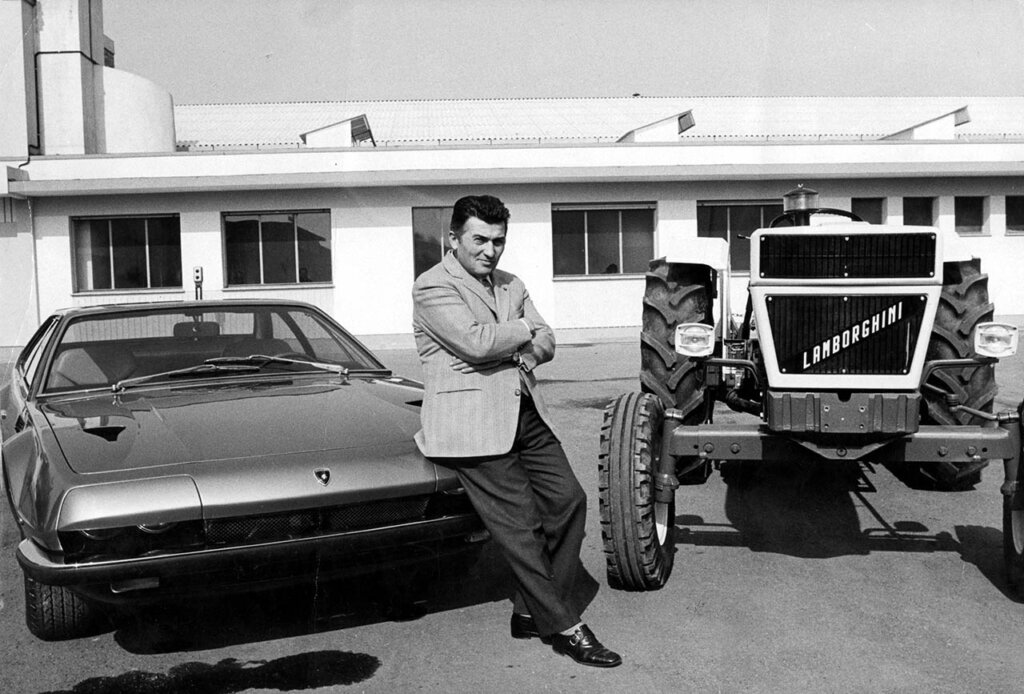
Source: Lamborghini Media Center
Born in 1916 in Cento, Italy, Ferruccio Lamborghini rose from humble beginnings to establish one of the most iconic car brands in the world. While his name might be most closely associated with the sleek, powerful sports cars that bear his family crest and a charging bull as their emblem, Lamborghini’s life story is a proven example to the relentless pursuit of excellence, innovation, and the relentless challenge of convention. In this article, we will look into the life and accomplishments of Ferruccio Lamborghini, the man who transformed his passion for machines into a legendary automotive empire.
“Lamborghini is refinement, luxury and perfection.”
Ferruccio Lamborghini
Early Life
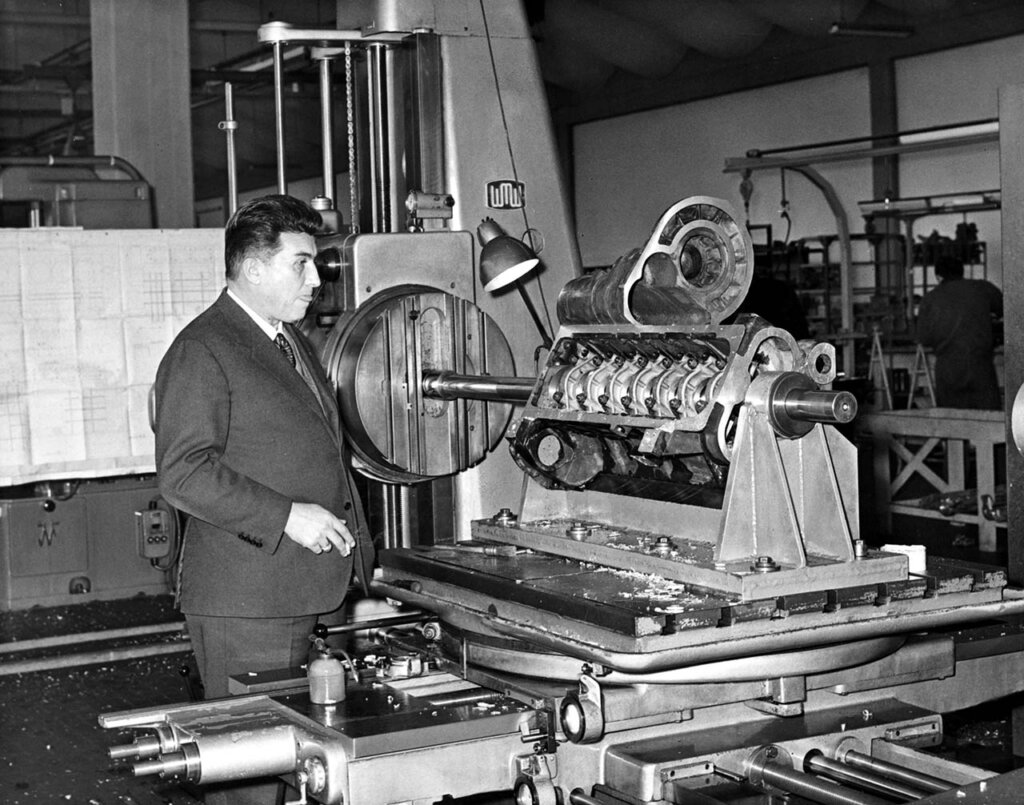
During his youth, Ferruccio Lamborghini drew an interest in the intricacies of farming machinery, rather than embracing the farming lifestyle itself. Guided by his mechanical curiosity, Ferruccio Lamborghini pursued his education at the Fratelli Taddia technical institute, located near Bologna. However, the outbreak of World War II led him on a different path, as he was conscripted into the Italian Royal Air Force in 1940. Serving as a skilled mechanic stationed on the island of Rhodes, which had been under Italian control since the Italo-Turkish War of 1911, Lamborghini soon found himself in charge of overseeing the maintenance of military vehicles. However, his wartime activities led to his arrest as a collaborator, preventing him from returning to his home until the subsequent year. After returning home, Ferruccio Lamborghini married his wife, Clelia Monti, but their marriage ended in tragedy when Clelia tragically passed away while giving birth to their first child, a son named Tonino, in 1947.
Building the Lamborghini Empire
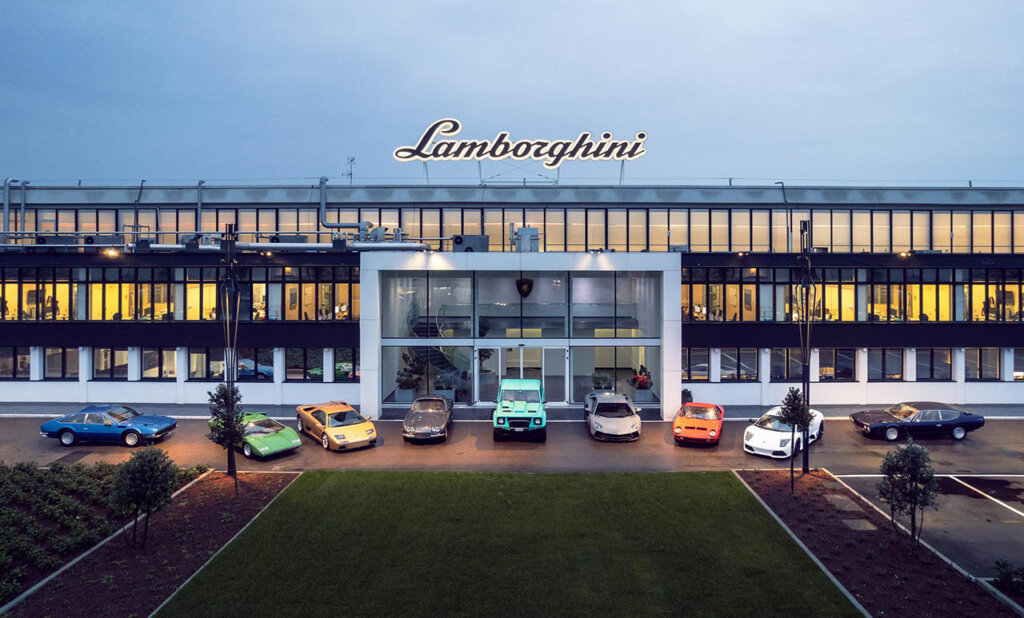
At the end of World War II, Ferruccio Lamborghini recognized a potential market opportunity in post-World War II Italy, which was focused on revitalizing both the agricultural and industrial sectors. Using military vehicle engine components and differentials from ARAR centers, Lamborghini pioneered his first tractors, named the “Carioca.” He drew inspiration from the six-cylinder petrol engines found in Morris trucks. Given the high cost of petrol in Italy, Lamborghini displayed his engineering acumen by enhancing the Morris engines with his own fuel atomizer design. This ingenious innovation enabled the tractors to start on petrol and seamlessly switch to more economical diesel fuel. Buoyed by the initial success of the Carioca tractors, Lamborghini established Lamborghini Trattori, marking the beginning of tractor production under his visionary leadership.
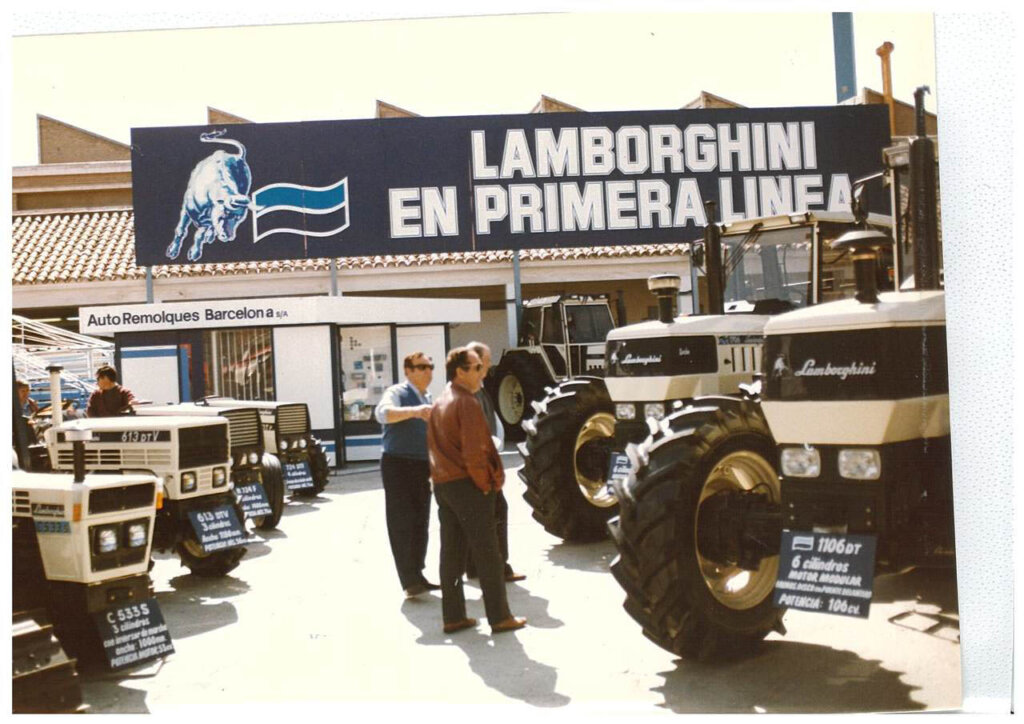
Source: SAME DEUTZ-FAHR Italia S.p.A.
Having achieved remarkable success in both the agricultural and industrial sectors, Ferruccio Lamborghini decided to invest his newfound wealth in faster and more luxurious automobiles, a significant departure from the Fiats he once modified in his youth. However, it wasn’t until 1958 that a single car purchase would forever alter the course of his company. Lamborghini traveled to Maranello with the intention of acquiring a Ferrari 250 GT, an elegant creation by the esteemed coachbuilder Pininfarina. While he held a deep appreciation for Ferrari’s cars, Lamborghini found them to be excessively noisy and lacking in comfort for everyday road use. In his eyes, they appeared to be essentially reworked track vehicles with poorly constructed interiors. To compound his frustration, Lamborghini discovered that Ferrari’s vehicles often suffered from unreliable clutches, making frequent visits to Maranello for repairs. These repair trips, which involved technicians taking the car away for extended periods, proved to be a a frustrating experience for Lamborghini. Displeased with Ferrari’s subpar after-sales service, he decided to voice his concerns directly to Enzo Ferrari himself, only to be met with a swift dismissal.
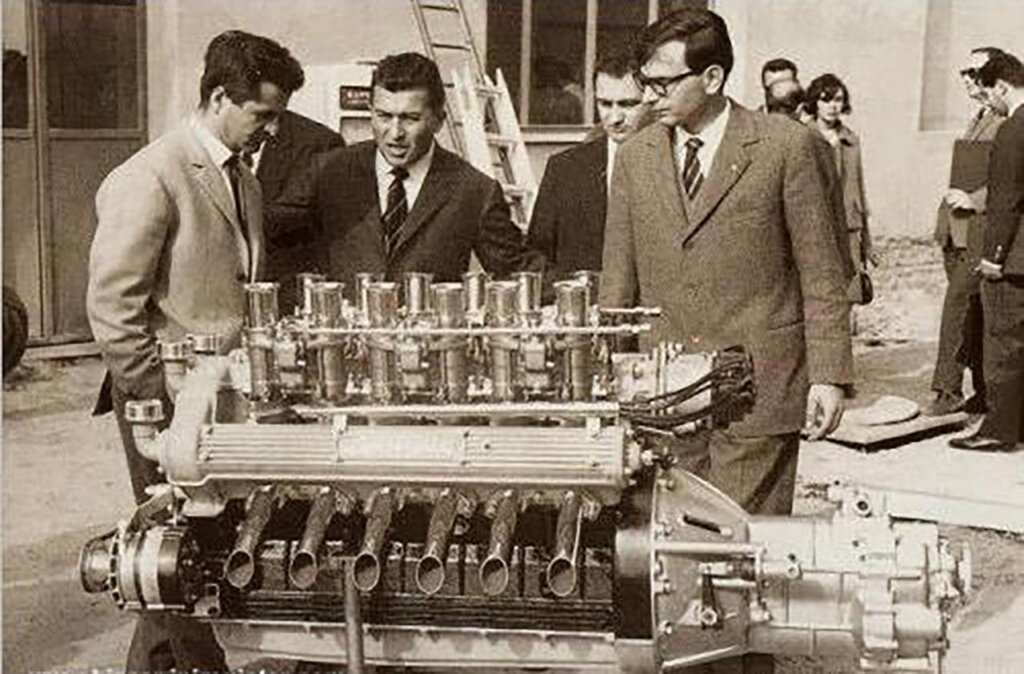
After successfully enhancing the performance of one of his personally-owned Ferrari 250 GTs, Ferruccio Lamborghini was inspired to start his own automobile brand. His aim was to create the ultimate touring car, one that he believed no one else could fashion according to his meticulous standards. Lamborghini envisioned a grand tourer possessing qualities he felt were absent in Ferrari’s car line—a combination of high-performance capabilities without compromising on drivability, ride comfort, and luxurious interior features. Alongside his automotive dream, Lamborghini astutely recognized the potential for tripling profits by integrating components from his thriving tractor business into the production of high-performance exotic cars. This realization ignited Lamborghini’s unwavering determination to reshape the automotive industry and leave an indelible mark as the revered founder of Automobili Lamborghini.
“I never planned on getting into the automobile-industry, but I knew a better car could be built.”
Ferruccio Lamborghini
Company Troubles in the 1970s
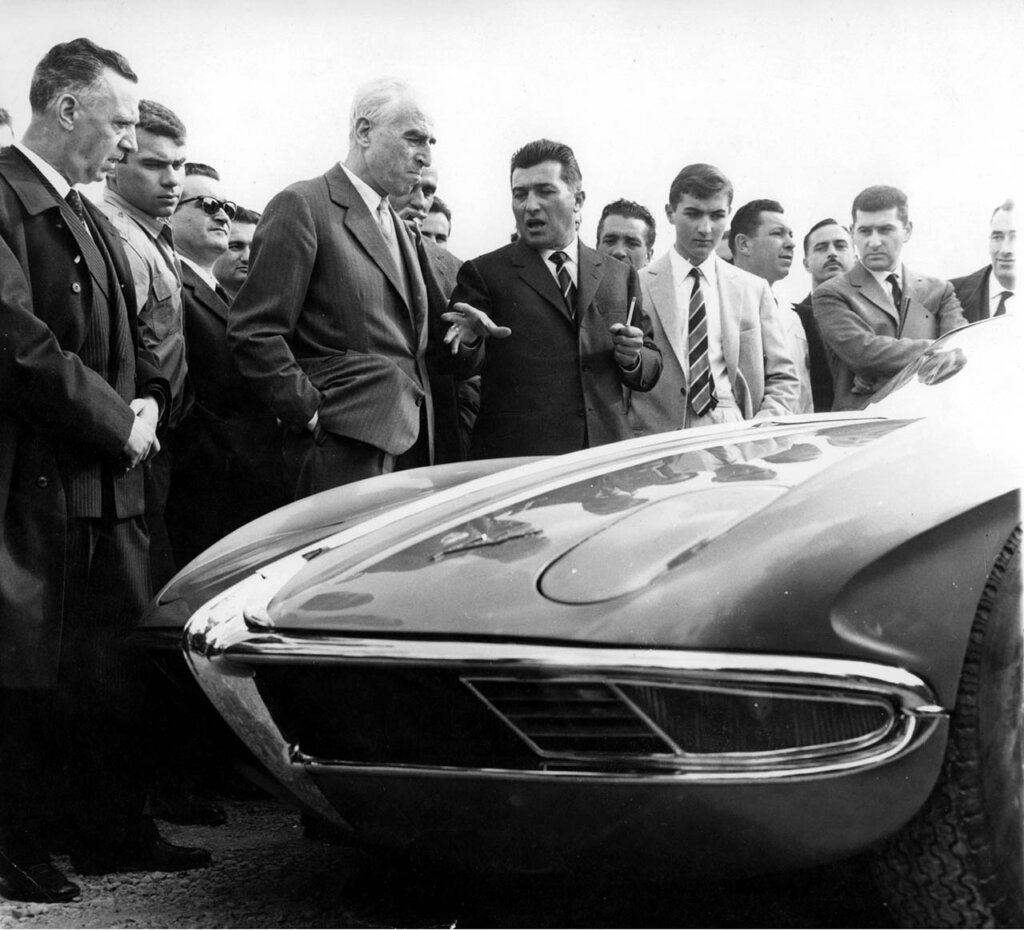
Source: Lamborghini Media Center
In the 1970s, Ferruccio Lamborghini’s various ventures encountered financial challenges. In 1971, Lamborghini Trattori, which exported roughly half of its tractor production, faced a significant setback when its South African importer abruptly canceled all existing orders. At the same time, the new military regime in Bolivia, following a successful coup d’état, canceled a substantial order of tractors that had been prepared for shipment in Genoa. Subsequently, in 1972, Lamborghini made the decision to divest his entire stake in the company, selling it to the competing tractor manufacturer SAME. Financial woes soon extended to the entire Lamborghini group, prompting cost-cutting measures that slowed down development at the automaker. Ferruccio Lamborghini initiated discussions with potential buyers for both Automobili and Trattori, and negotiations with Georges-Henri Rossetti, a wealthy Swiss businessman and a friend, ensued. Ferruccio ultimately sold a 51% stake in the company to Rossetti for $600,000, thus relinquishing control of the automaker he had established. While Lamborghini continued to be involved at the Sant’Agata factory, Rossetti played a limited role in the affairs of Automobili.
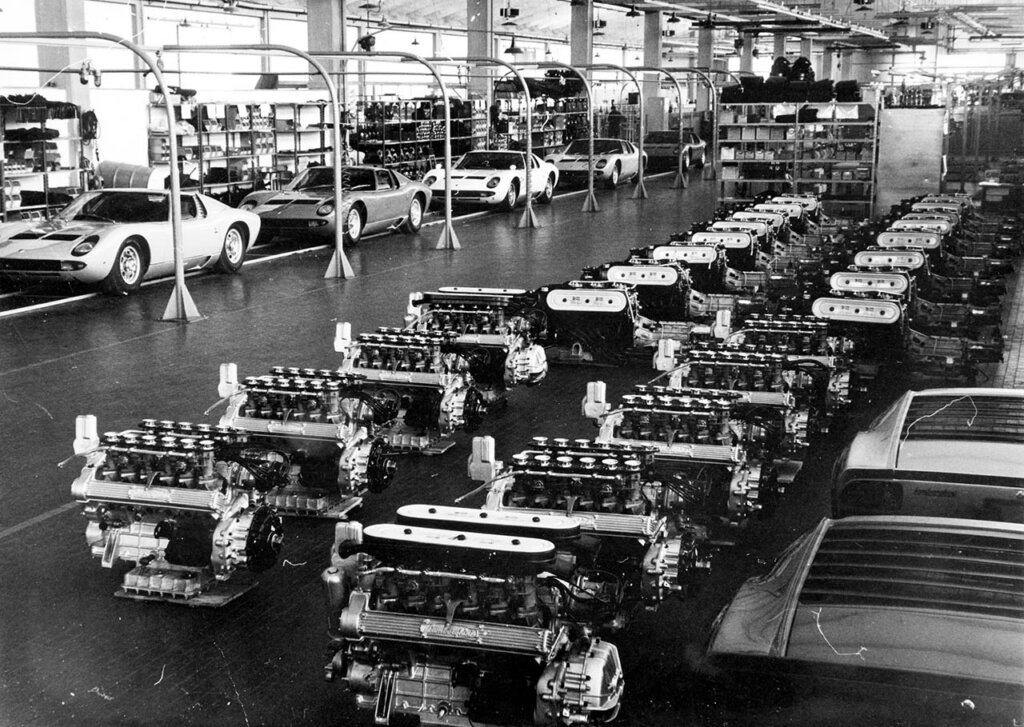
Source: Lamborghini Media Center
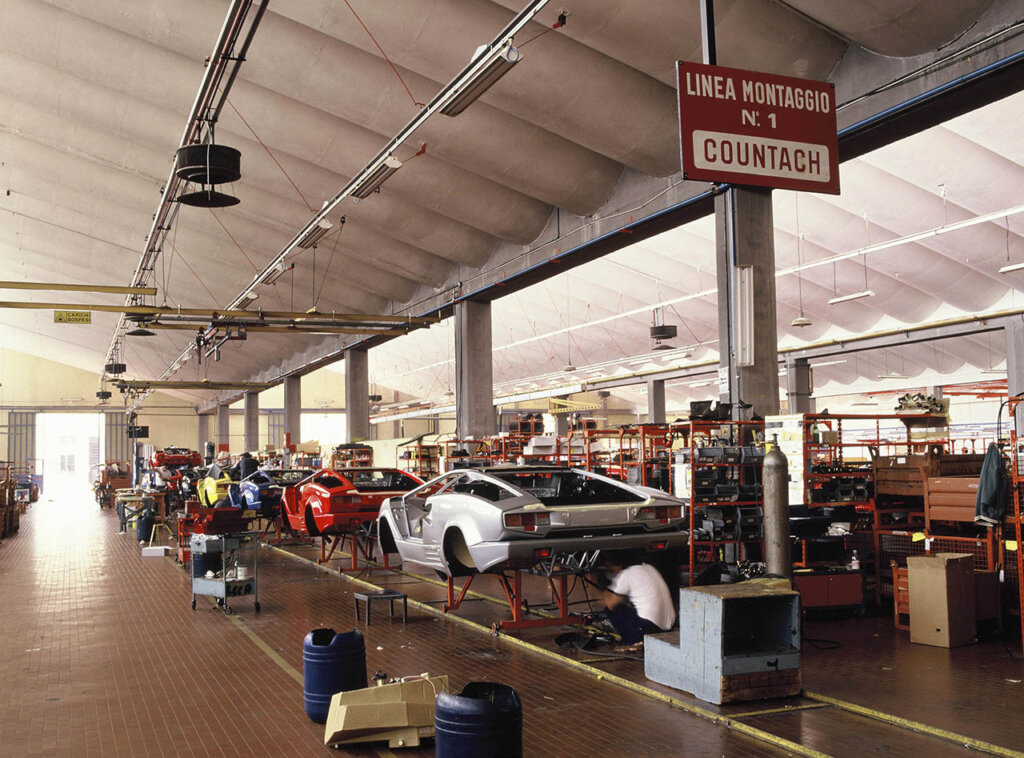
Source: Lamborghini Media Center
Unfortunately, the situation did not improve as the 1973 oil crisis adversely affected sales of high-performance cars worldwide. Consumers gravitated towards smaller, more fuel-efficient transportation options. By 1974, Ferruccio had grown disheartened with his automotive business and severed all ties with the cars that bore his name. He sold his remaining 49% stake in the automaker, with the shares being acquired by René Leimer, a friend of Georges-Henri Rossetti.
Later Life & Continuing the Lamborghini Heritage
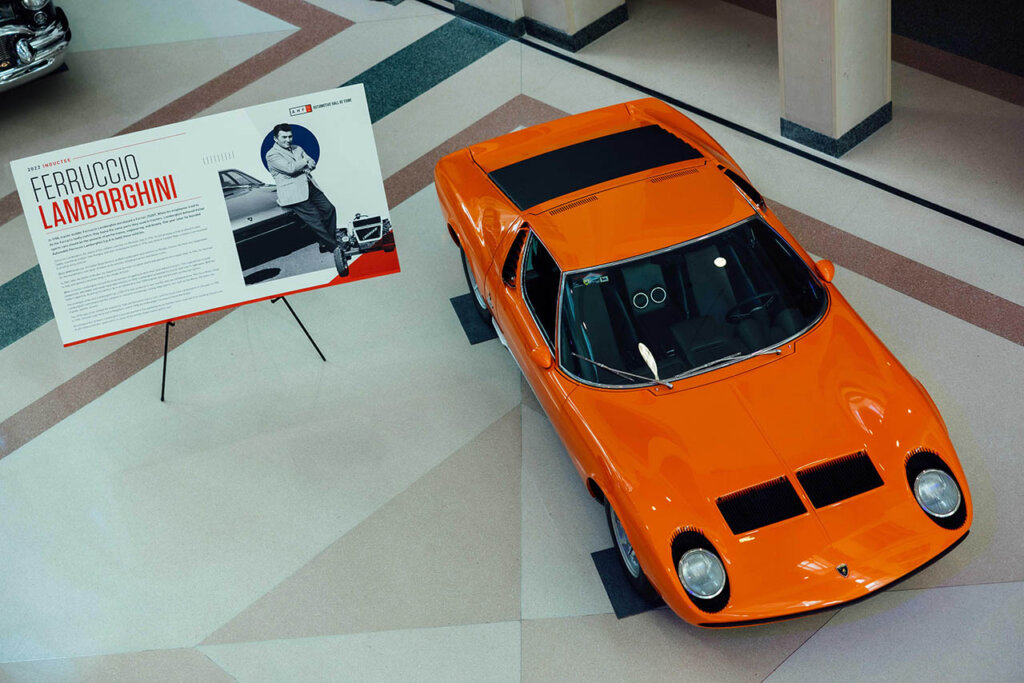
Source: Lamborghini Media Center
Ferruccio Lamborghini retired from the automotive world and embraced retirement on his sprawling 3 square-kilometer (740-acre) estate called “La Fiorita,” nestled along the shores of Lake Trasimeno in Castiglione del Lago, in central Italy. Reconnecting with his agricultural heritage, Lamborghini reveled in activities such as hunting and the production of his own wines. He even designed a golf course on his estate while concurrently overseeing multiple business ventures. Unfortunately, Lamborghini passed away at Silvestrini Hospital in Perugia, succumbing to a heart attack that had struck him fifteen days earlier, at the age of 76.
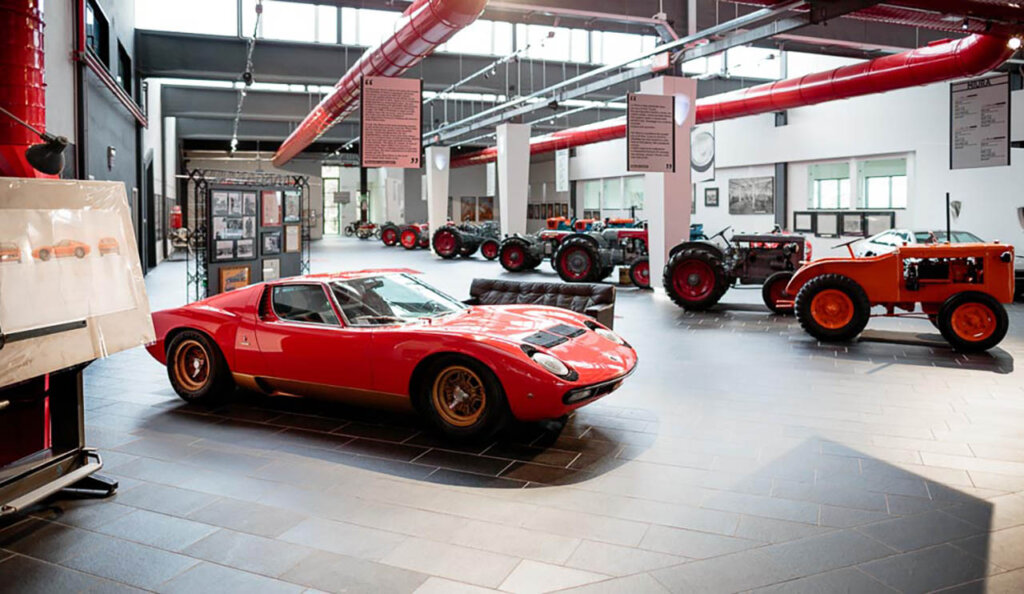
Source: Museum Ferruccio Lamborghini
All of Ferruccio Lamborghini’s enterprises endure to this day in various capacities. His son, Tonino Lamborghini, oversees the creation of a range of clothing and accessories branded under “Tonino Lamborghini.” Ferruccio’s daughter, Patrizia Lamborghini, manages the Lamborghini winery situated on the family’s estate in Umbria. Furthermore, in 1995, Tonino Lamborghini established a museum dedicated to preserving Ferruccio’s remarkable legacy, known as the Centro Studi e Ricerche Ferruccio Lamborghini in Dosso, Ferrara. In 2014, this museum was relocated to Argelato, Bologna, bearing the new name, the Ferruccio Lamborghini Museum.
Legacy

Ferruccio Lamborghini’s life and legacy is all what automotive designers and manufacturers should strive for: human ambition, innovation, and the pursuit of excellence. From his humble beginnings in the world of farming machinery to the founding of one of the most iconic names in the automotive industry, Lamborghini’s journey is a story of relentless determination and an unyielding commitment to quality. His visionary approach not only revolutionized the world of high-performance automobiles but also left a long lasting impression on various other ventures. Lamborghini’s enduring impact is reflected in the ongoing success of his businesses, the creative endeavors of his family, and the museums that continue to celebrate his remarkable achievements: past, present and future.

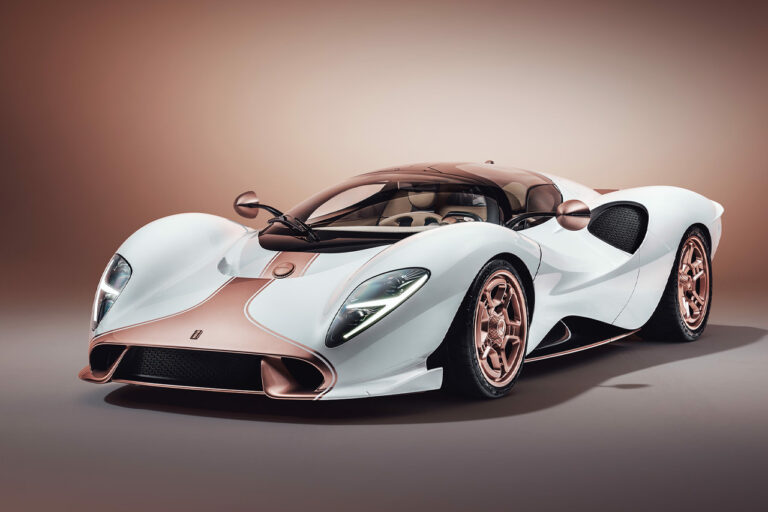
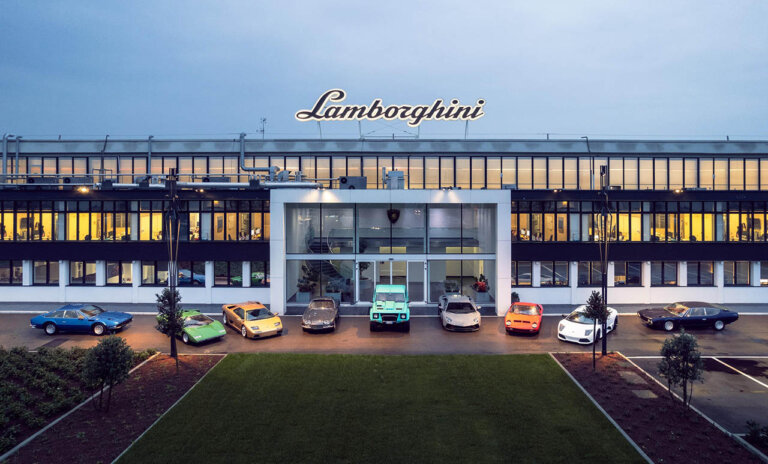
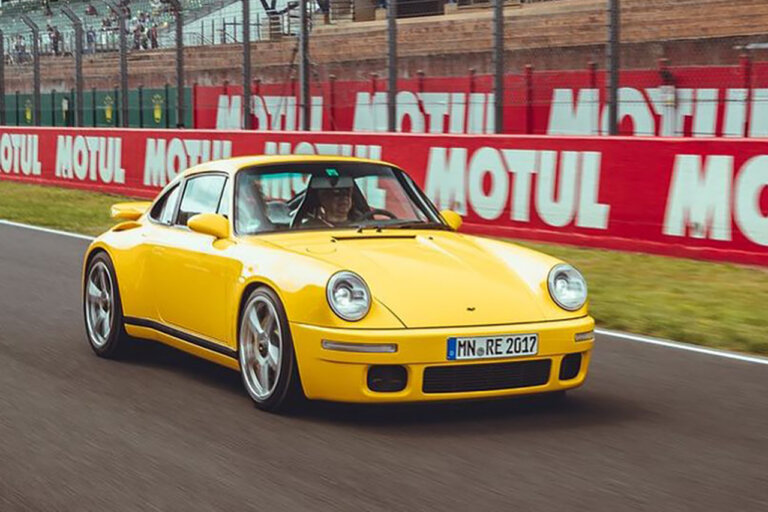
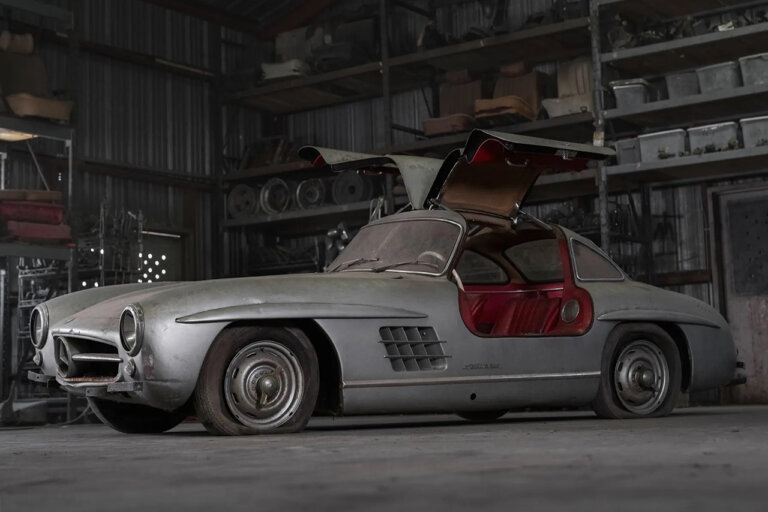





One Response
That was a sad ending unfortunately